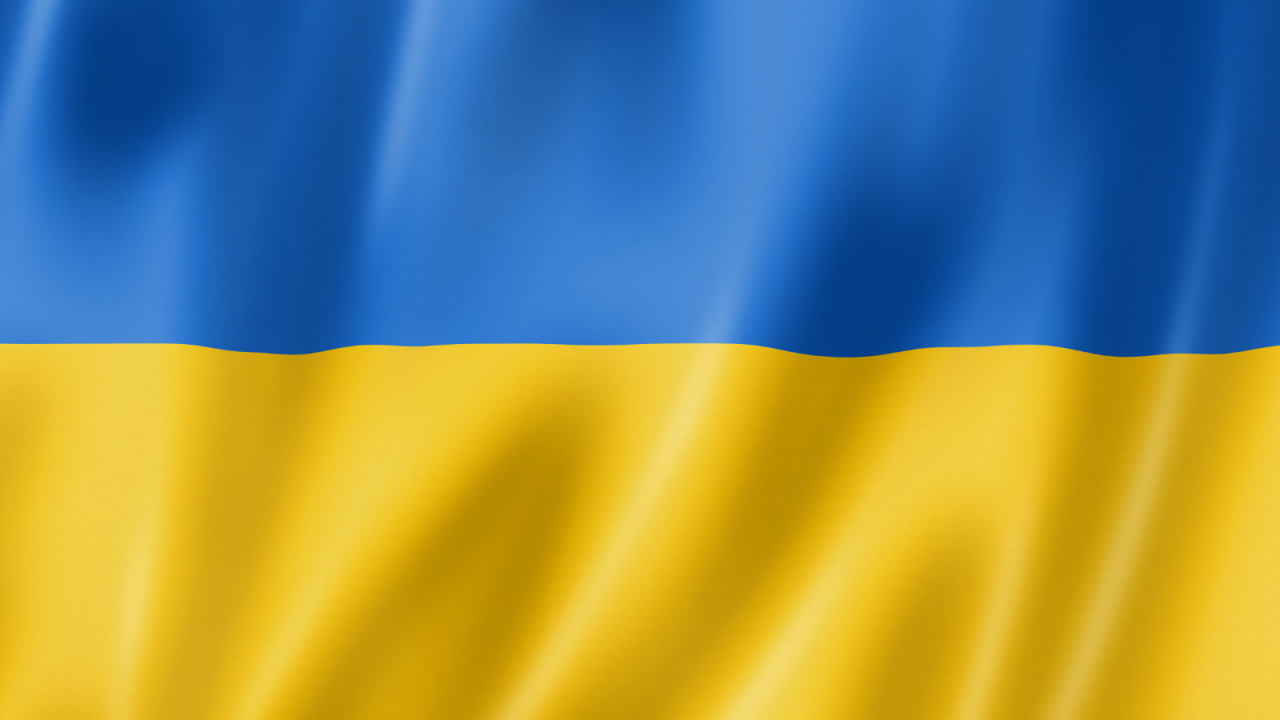2002. Eigth ECMM Congress (Budapest)
July 17, 2008 – 16:02 — ECMM Website Editor
On August 25-27, 2002, 8th ECMM Congress was held in Budapest, Hungary.
Congress participants: 355.
Local Organizers: I. Török, G. Simon.
From Mycology Newsletter 2003, P. 11-12
The 8th Congress of the ECMM was hosted by the Hungarian mycological community and held in Budapest on August 25- 27, 2002. The Local Scientific Organizing Committee, headed by Gyula Simon, did their best in creating a provocative and fruitful scientific interchange of knowledge and experience. The impressive number of 355 participants stressed the fact that the ECMM congresses from their beginning in 1994 were closing a gap. A total of 215 oral and poster presentations formed an informative overview on the state of the art.
Three satellite symposia emphasized that one of the major subjects of interest was the most recent progress in antimycotic chemotherapy. The percentages of presentations with regards to nationalities reflected well the mycological activities in the respective countries. The attractiveness of the ECMM congresses is highlighted by the fact that 24 presentations (11%) came from over- seas (17 from Asia, 5 from the Americas and 2 from Australia).
With 39 presentations (18%) the Hungarian hosts were the most busiest presenters. The E. Drouhet Lecture was given by Bertrand Dupont on “Histoplasma duboisii, a rare imported disease”. The Hungarian Dermatological Society – Mycological Section – had created the David Gruby Silver Plaque which was awarded for the first time to Ibolya Török, Budapest, the senior of the Hungarian dermatologists, and to Johannes Müller, Germany, for their life-time contributions to medical mycology. I. Török’s Award Lecture was entitled “The life and scientific work of David Gruby (1810-1898)”; J. Müller presented “Electronmicroscopic studies on host-fungus interaction in paracoccidioidomycosis in humans”.
The contributions on antimycotics in general tended to go into fine-structured pharmacology and careful therapy monitoring in patients which is in satisfactory contrast to the early amphotericin B era. In dermatology it is obvious that even stubborn, persistent mycoses are more and more accessible to efficient therapy. Molecular biology is stimulating and influencing practically all branches of the domain. The engagement and interest of young researchers to advance medical mycology is very good to see. Therefore, it was not easy for the jury to decide who among the many competing presenters should be awarded the ECMM Young Investigators Travel Award.
Finally, Annabelle Ballsdon from the St. John’s Institute of Dermatology, London, UK, won the prize, and you will find a short outline of her activities here following. The Social Programme culminated in the Gala Dinner held at the Hungarian Railway Heritage Park outside of Budapest. Here the technical development of railway systems was demonstrated in the open air followed by an opulent offer of Hungarian delicacies. All Congress participants enjoyed the friendly atmosphere created by the Hungarian Colleagues and will preserve their best souvenir of a successful ECMM Congress.



